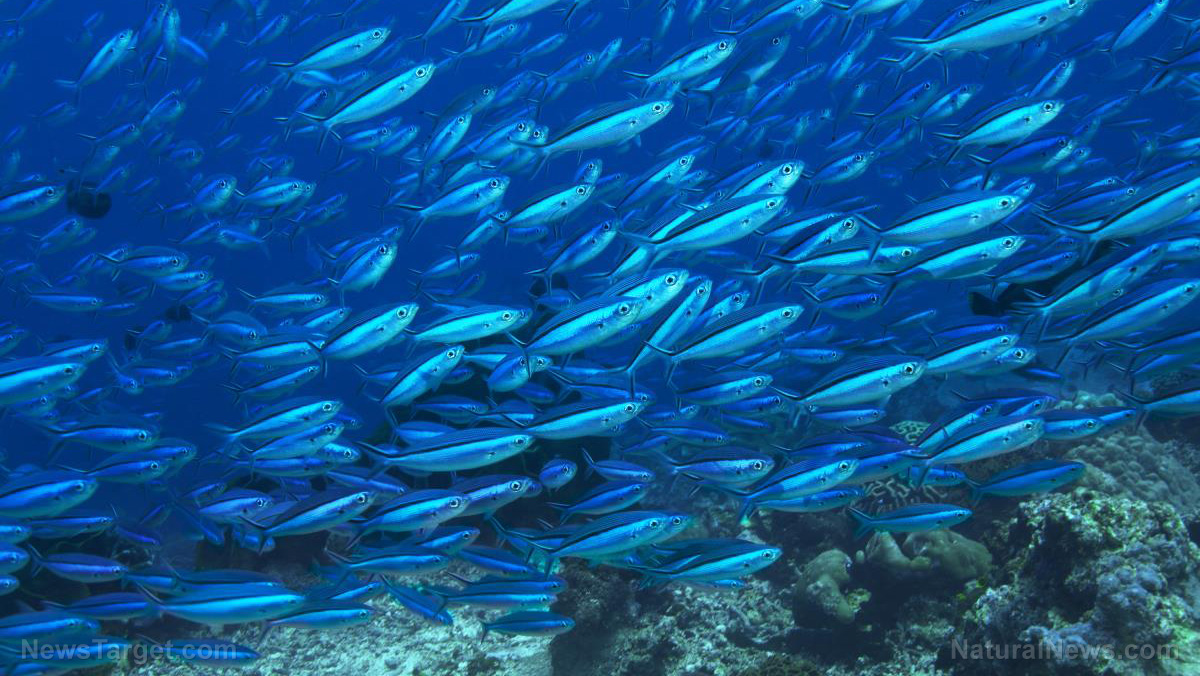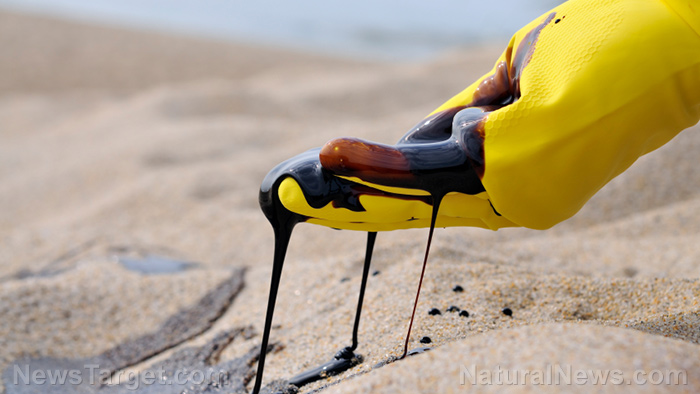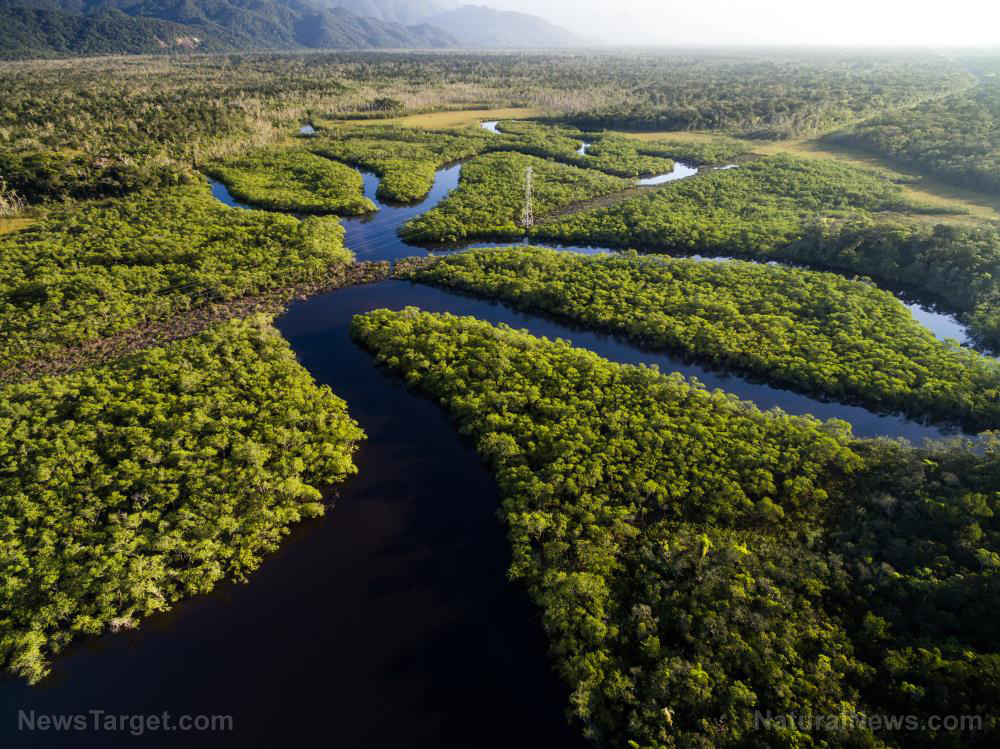New study reveals true extent of toxic oil spill from Deepwater Horizon disaster
02/18/2020 / By Arsenio Toledo

New research published on Wednesday, February 12, in the journal Science Advances reveals that the Deepwater Horizon oil spill is larger than previous studies showed. The oil spill was found to have spread farther than previously estimated, but it was not discovered until recently because much of the oil was invisible to satellite imagery.
The study was led by researchers from the Rosenstiel School of Marine and Atmospheric Science in the University of Miami (UM). They believe their study can have an impact on the way environmental damages are assessed in future oil spills.
The Deepwater Horizon oil spill happened on April 20, 2010 after an explosion on the Deepwater Horizon drilling rig. Over the next 87 days, over 210 million gallons worth of oil spilled over the Gulf of Mexico in an area encompassing around 57,000 square miles. During this process, satellite images were used to measure the extent of the oil spill. According to the UM researchers, they may not have been able to measure the full extent of the spill because of the presence of invisible oil, which is the oil that lay underneath the surface of the water that satellites couldn’t track.
Damage may have been far greater than initial estimates
“We found that there was a substantial fraction of oil invisible to satellites and aerial imaging,” said Igal Berenshtein, lead author and postdoctoral researcher at the UM Rosenstiel School. “The spill was only visible to satellites above a certain oil concentration at the surface leaving a portion unaccounted for.” Berenshtein’s team argued that more advanced techniques need to be deployed in order to accurately track the extent of oil spills, especially below the surface of the water.
Berenshtein’s team used oil-transport modeling techniques in tandem with satellite remote sensing and water samples taken at the site to provide a more comprehensive look at the oil spill. According to their findings, only a fraction of the oil spill was visible to satellite imagery. They believe that the spill reached as far as the shores of Texas to the west, the West Florida shelf and the Florida keys to the east and southeast, and it may have even been brought to the East Florida shelf through the Gulf Stream.
Berenshtein’s research can radically change the established perceptions on how damaging oil spills can be. In future oil spills, satellite footprints will no longer be enough to track how far the toxic and invisible oil extends. This is especially important for figuring out how far lethal and sub-lethal concentrations of oil will spread and how it will affect the ocean. (Related: Deepwater Horizon oil spill’s effects are still being seen: Atlantic stingrays found to have significantly impaired olfactory functions.)
“This work adds a third dimension to what was previously seen as just surface slicks,” said Claire Paris-Limouzy, senior study author, biological oceanographer and professor of ocean studies at the UM Rosenstiel School. “This additional dimension has been visualized with more realistic and accurate oil spill models developed with a team of chemical engineers and more efficient computing resources.”
Berenshtein, Paris-Limouzy and their team believe that the new framework they have developed can help future disaster risk reduction and management operations to better understand the impact of future potential oil spills.
The Deepwater Horizon oil spill was one of the most catastrophic environmental disasters on record. Estimates say that the spill harmed or killed around 82,000 birds of 102 species, 25,900 marine mammals such as dolphins and whales, 6,100 sea turtles and a vast but unknown number of fish, oysters, crabs, corals and other marine creatures. BP, the company responsible for the spill, has already paid over $63.4 billion in clean-up costs, legal fees and lawsuit payouts, and is expected to pay over $2.5 billion more in the future.
Sources include:
Tagged Under: conservation, Deepwater Horizon, disasters, environment, Gulf of Mexico, marine life, ocean life, Oceans, oil spill, research, toxic water, wildlife
RECENT NEWS & ARTICLES
COPYRIGHT © 2017 REAL SCIENCE NEWS



















